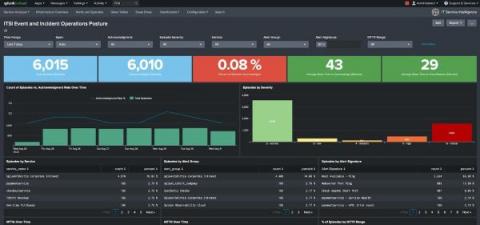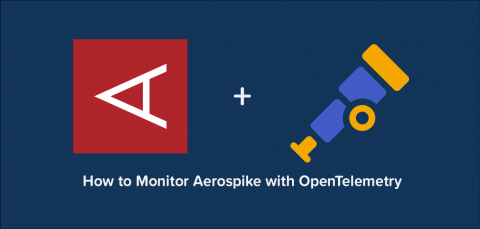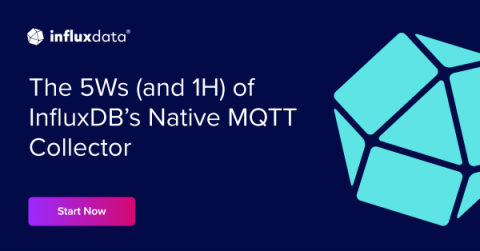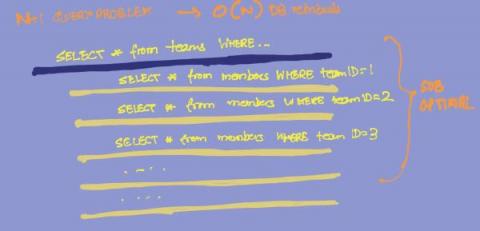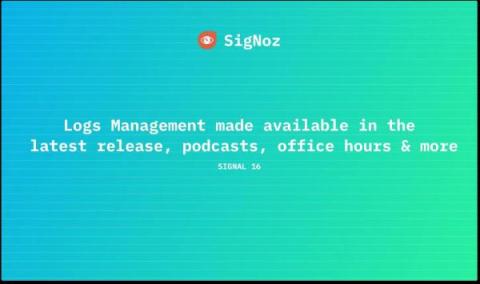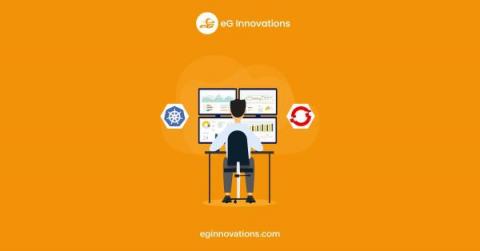SAP hyperautomation: SAP and the future of robotic process automation
In a post COVID landscape, the business world is increasingly focusing its attention towards task automation and digital first processes to allow them to save time, money and valuable business resources. As one of the key technology trends of 2022, hyperautomation is quickly becoming the main way organizations are achieving these goals.




